With a historic building and a beloved choir that are known throughout the region, "St. Rose," is approaching its 100th birthday in the Bay!
- story by Denise Jacobs, photos by Ellis Anderson
 Joan Thomas Joan Thomas
Known as one of the church’s historians, Joan Thomas notes that it was “pretty amazing” during that era for someone with Labat’s cabinet-making background to rise to the status of architect. Thomas, is well-suited to her current position as director of religious education at St. Rose de Lima: the now-retired educator chaired the history department for the Bay-Waveland School District and was named Wal-mart Teacher of the Year in 1999. She also served as a member of the Bay-Waveland School Board.
Thomas remembers having the opportunity to look underneath the church years later during a restoration project and finding two names carved in foundation braces: Jellicoe and Lewis—no last names. Thomas assumes these were two of the construction workers from the 1920s. The 40’ x 80’ foot church, built to accommodate 350 people, was completed in 1926. Shortly thereafter, St. Rose de Lima Parish was made independent of Our Lady of the Gulf Parish. Ms. Thomas explains that the land for the church came from the St. Augustine Seminary, and it was the seminary, the Order of the Society of the Divine Word, that provided clergy to St. Rose de Lima Parish, beginning with Father Francis Baltes, SVD. The Divine Word continues to provide clergy to this day - 21 thus far. Thomas points out that each has worked at “enhancing the diversity of the parish.”
On Installation Day in 1926, Bishop Richard Oliver Gerow commented on the beauty of the altar cloths, which had been made by the parish women. In the building of the church, parish families “put up money, and the ladies cooked meals.”
Thomas describes the construction of the church as “a community effort for the black congregants to have something of their own,” explaining that an “astonishing number of black catholics” lived in the area. “They needed a place of their own,” Thomas says, “a sense of full acceptance.” Years later, after sixty years of faithful service, the original church building’s interior and exterior were in need of repair. This renovation began in the late 1980s and early 1990s under the direction of Father Kenneth Hamilton, SVD, pastor. The project included the creation of the nationally-recognized work of art that still stands behind the altar, the “Christ in the Oak” mural. The altar, ambo, tabernacle, and table are all carved from local wood retrieved from the Bay. Master woodworker Ellsworth Collins, who passed away in 1996 after spending his life in Bay St. Louis, crafted the altar from an extraordinary rooted stump found near St. Stanislaus College. The wooden altar base appears to be reaching toward heaven. “Christ in the Oaks,” was painted by Armenian artist Auseklis Ozols, founder of the New Orleans Academy of Fine Art. As recorded in Mississippi Back Roads:Notes on Literature and History(Elmo Howell), Ozols envisioned a mural that would represent both the Crucifixion and the Resurrection: “The figure of Christ hangs in the air, behind him the tree, the Cross, the symbol of the earth mightily grasping the ground. But Christ has broken free! The tree is behind him, yet it is his burden also.” Local artist Kat Fitzpatrick, at the time, a member of the St. Rose gospel choir - and one of Ozol’s students – originally introduced the artist to the priest and helped the mural process along. Thomas explains that the mural’s black Christ is intended to reflect the Afro-centric nature of the church. “It was Father Ken,” she recalls, “who moved us in the direction the church is in now. I guess he kind of took a page from Pope John Paul II, who said that ‘Faith that does not become culture is not wholly embraced, fully thought, or faithfully lived.’”
Father Kenneth introduced the St. Rose de Lima parish to the concept of re-rooting and re-routing in Christ.
“Since Vatican II,” Thomas notes, “we knew we all played a role in the church. We all have a job to do. We all had a function, but I think it’s when Father Ken came here, 20 years after Vatican II, that we found real ownership of our parish and our culture. “Father Ken used to remind us that we had to remember ‘who we were and whose we were.’ People come to us for a reason and a season. And Father Ken re-rooted and re-routed us. Everybody wanted that.” The pastor also led congregants into an ongoing practice of oral history. Ms. Thomas remembers one of the things she “most loved” about Father Ken: “At each mass, Father Ken called upon people within the congregation to stand up and tell their family history, tell a bit about their family’s journey. We were also tasked with one more thing. Everybody had to go back to the family homestead and bring back to church a teaspoon or so of dirt—soil. It was placed in a wooden communal bowl with a lid on it. And at funerals, we used to stir the soil. Stir the soil. It was very meaningful. It was powerful. It was visual. It took us back to our Afro-centric roots.”
The next major work at 301 South Necaise Avenue took place in the aftermath of Katrina. Actually, the church fared relatively well, all things considered. According to church archives, the priest assigned to St. Rose at the time, Father Sebastian Myladiyal, SVD, prayed the sacrament, “To Avert the Storm,” as Hurricane Katrina approached.
Myladiyal then waited out the storm at a nearby building on the highest ground in Bay St. Louis. When he arrived at the church the next morning, some windows were blown in and there was roof damage but, amazingly, no water had damaged the half of the church containing the altar and mural. In the aftermath of Katrina, St. Rose became a distribution center for provisions and supplies for people in need, including but extending well beyond the parish membership, most in need themselves—you might say, re-rooting and re-routing once again. Today, St. Rose de Lima is a vibrant and diverse parish heavily influenced by the African-American culture. The church’s dynamic full gospel choir is known nationwide. Visitors travel from around the country to tour the church, and many light candles for loved ones, admire the church’s craftsmanship, and enjoy the serenity of their surroundings. According to Ms. Thomas, St. Rose counts 409 families as members, enough to warrant three weekly services. There’s a service at 4pm on Saturday and two on Sunday mornings at 7am and 9am, with Jim Collins, (the 2018 Hancock County Citizen of the Year) leading the singing at the earlier service. Comments are closed.
|
Categories
All
Archives
July 2024
|
Shoofly Magazine Partners
Our Shoofly Partners are local businesses and organizations who share our mission to enrich community life in Bay St. Louis, Waveland, Diamondhead and Pass Christian. These are limited in number to maximize visibility. Email us now to become a Shoofly Partner!

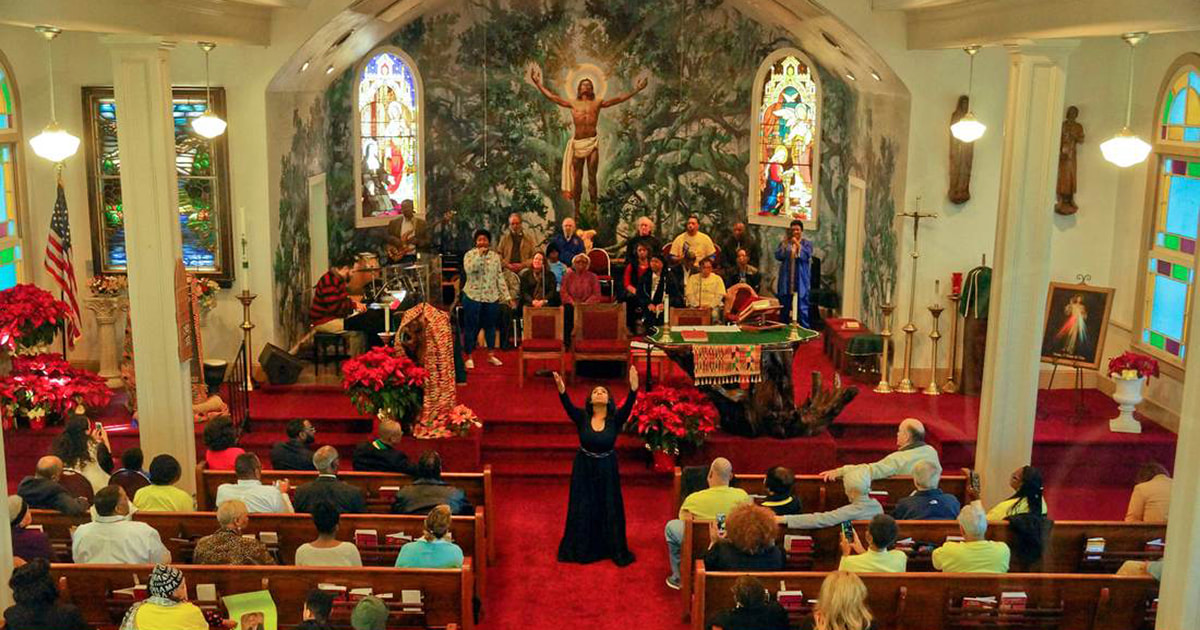

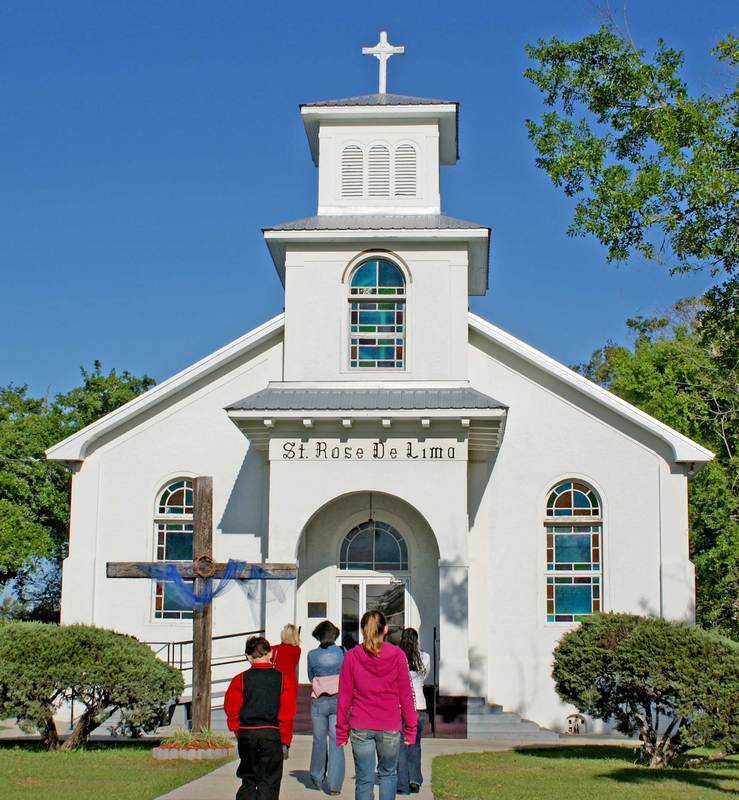
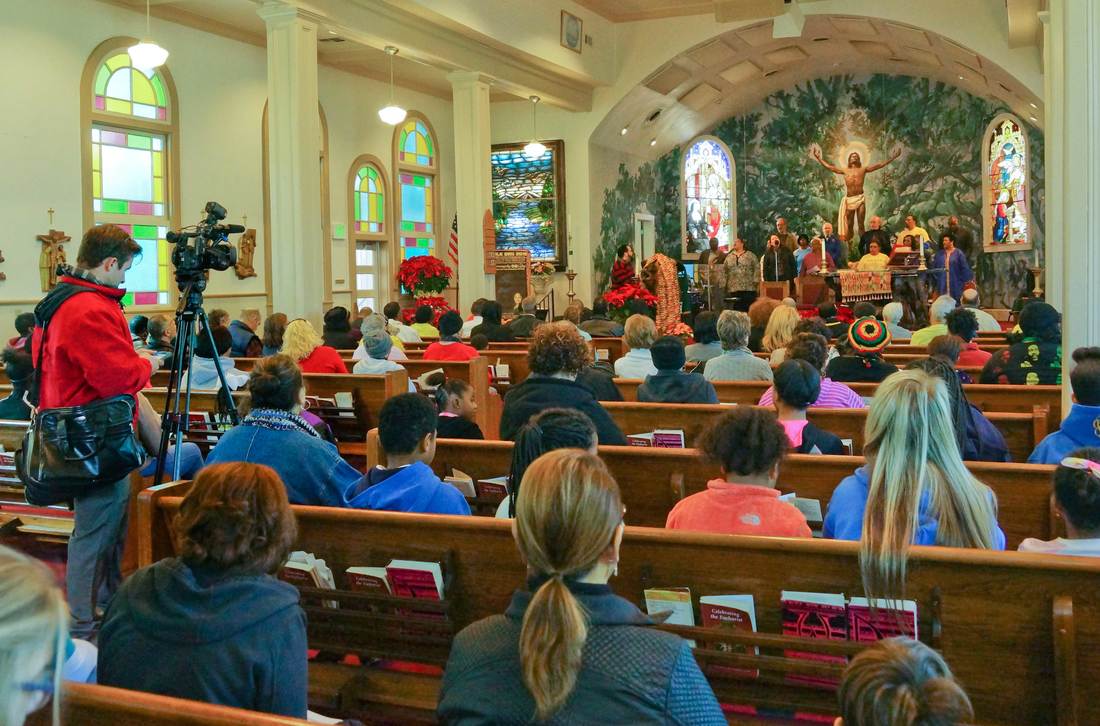
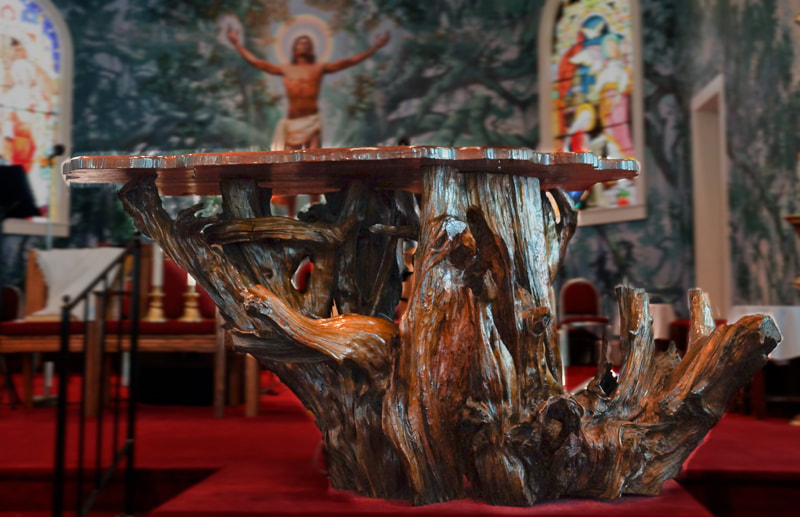
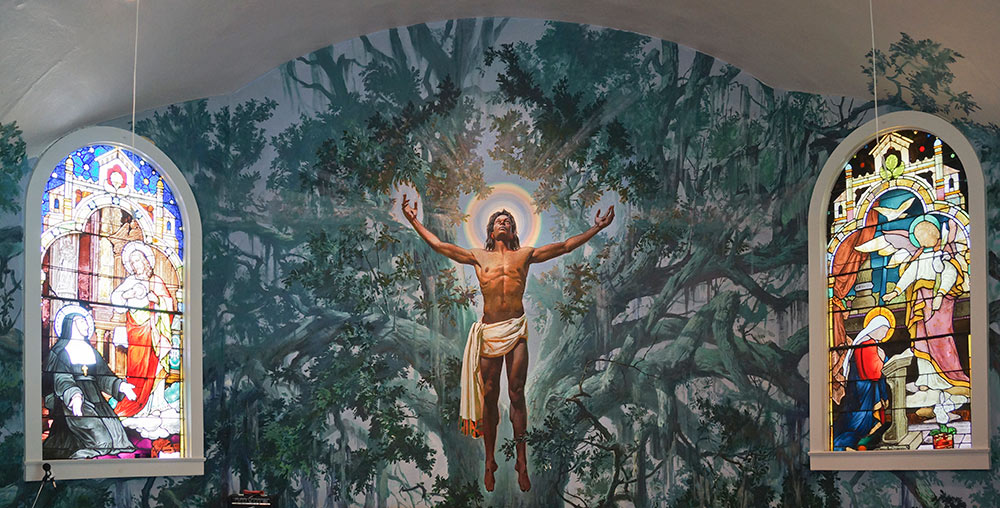

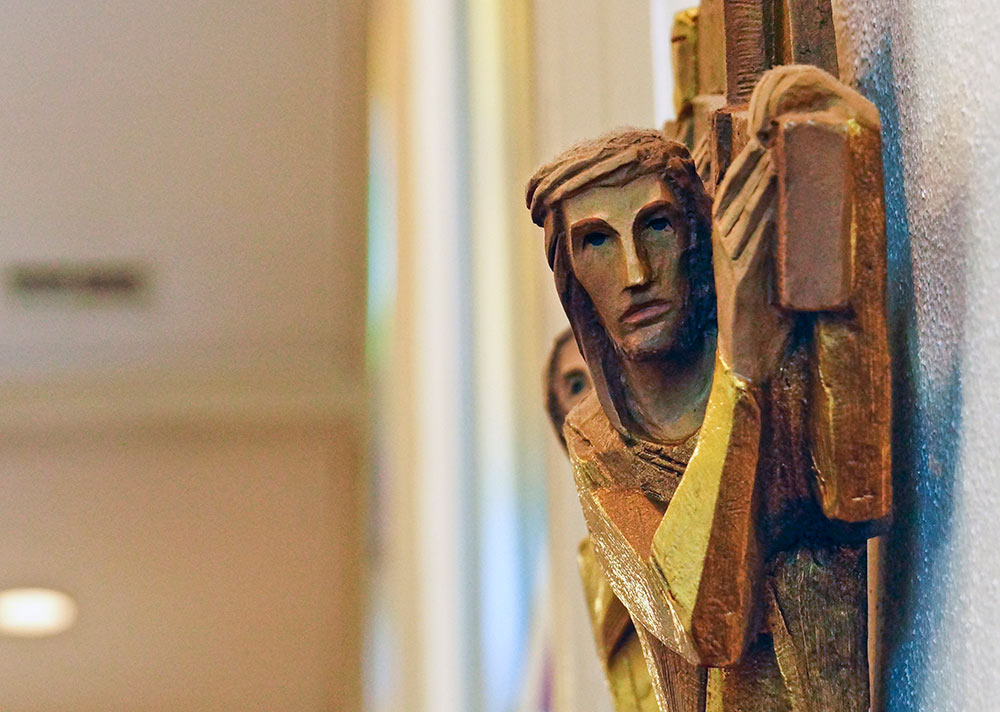
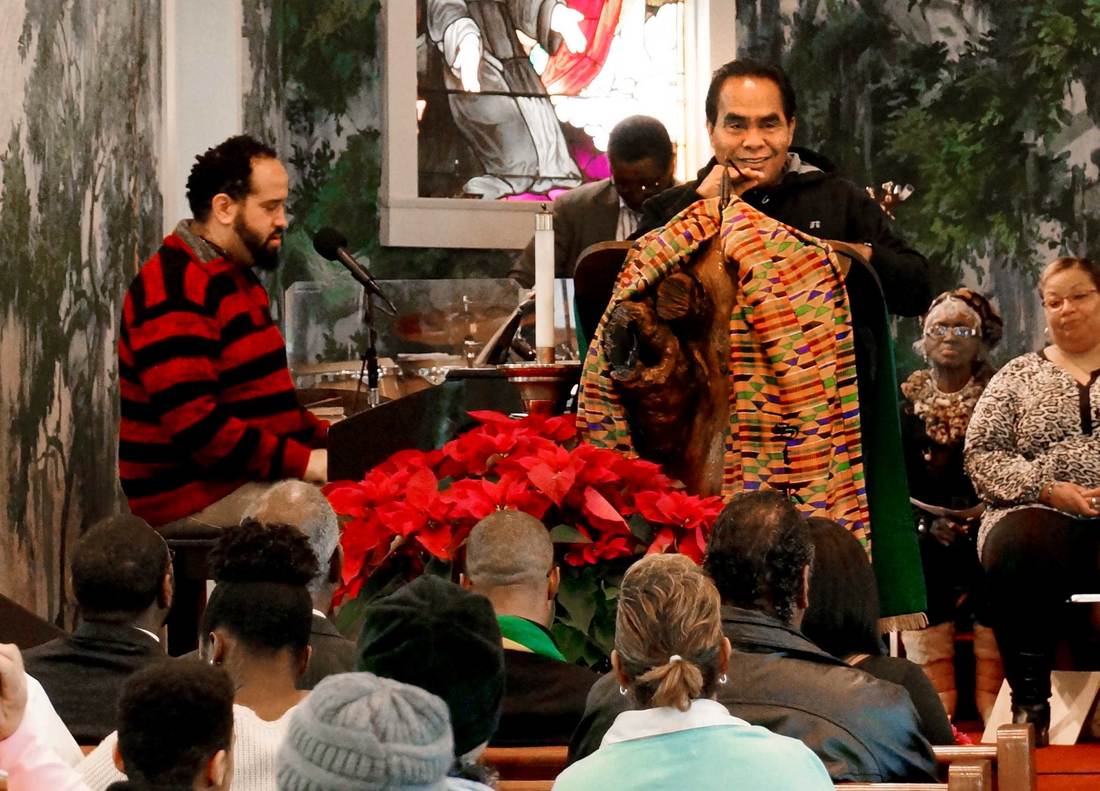
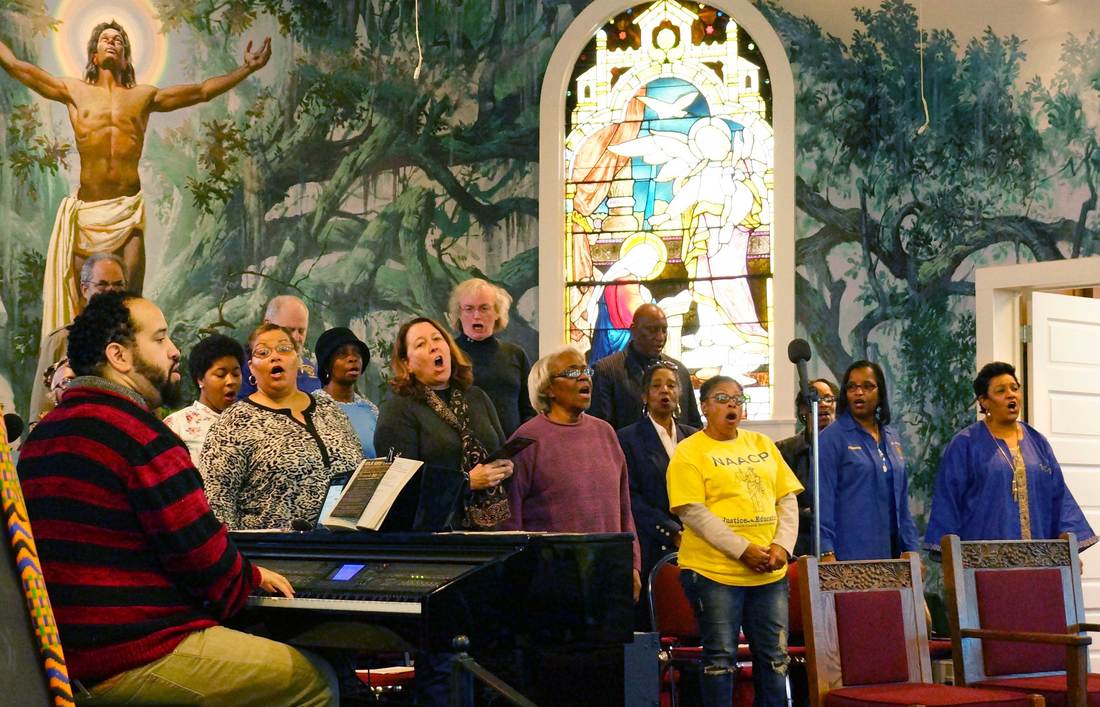

























 RSS Feed
RSS Feed























